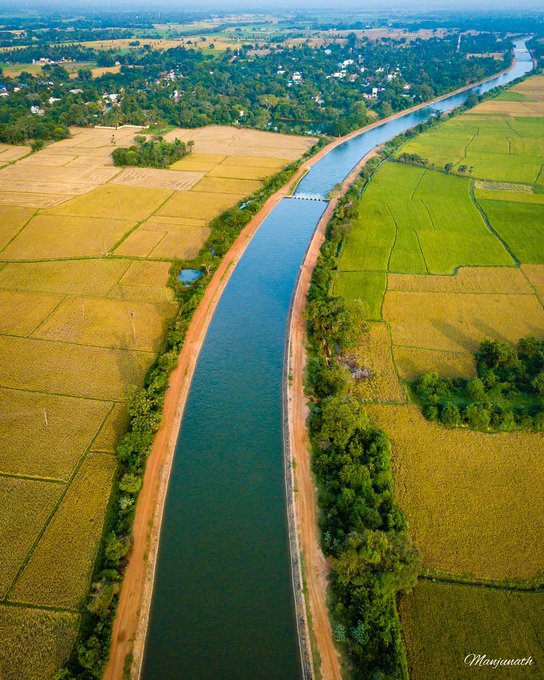Kurukshetra & Linga Parvata of Champasak, Laos.
A Story of Forgotten Kurukshetra & Linga Parvata of Champasak Province, Laos - 1500 yrs ago & 1000 miles from India.
|
HIGHLIGHTS |
|
THE STORY OF LINGPARVAT & KURUKSHETRA |
In the early start of the 1st
millennium, the region now forming Cambodia and Laos was ruled by the Champa
dynasty of kings. They were called the Cham rulers. In 400 AD, the Cham King
Devanika faced constant attacks from invaders coming from near the South China
Sea.
The omniscient wise man just
smiled and said “O almighty king, the time has come for you to regain your
glory in a new land. Did you know that Lord Shiva himself has descended from
the heavens and taken abode atop a mountain? The lingam stands resplendent in
the rising sun. Go and find the Lord, O King! Build a stately temple that is as
majestic as Lord Shiva himself. Worship that lingam, and all your former glory
will be restored. You shall build a new empire, your progeny shall flourish and
dharma shall be established. Go! Do not waste precious time in lamenting thus!
With the grace of the Lord, anything can be achieved” King Devanika’s courage
was restored by the auspicious words of the sage. He bowed to him in deep
respect and set out for his search.
King Devanika assembled
his troubled people, and they all began their pilgrimage in search of Lord
Shiva. After several weeks of tiring journey, they arrived at the base of a
tall mountain and decided to camp for the night. At dawn, the golden rays of
the sun began to escape the horizon and lit up the sky in a beautiful tint of
red. Devanika was awakened by the chirping birds, and he stood up, rubbing his
eyes and lo! On the top of that very same mountain stood the lingam glowing in
the golden rays of the rising sun. He was stunned by this breath-taking view.
When everyone awoke, they celebrated for having found the abode of Lord Shiva.
As foretold by the sage,
Devanika had found the new land where he had to establish his dharmic rule.
Inspired by the principles set forth in the Mahabharata war, he named this
land “New Kurukshetra”. The mountain was named “Lingaparvata” (the mountain of the
linga). Devanika established his new empire with Shreshthapur as his
capital. The people that lived in the region along with the people who came
with Devanika, became the forerunners of the prosperous Khmer people.
A huge temple called Wat Phu
was also built. Wat Phu exists even today. The original buildings were replace
around 11th century but it is in ruins. If the ruins themselves are
so majestic and astounding in their architecture, we can only perceive how
magnificent the original temple would have been.
Mahabharata had happened in
3102 BCE. King Devanika had found the lingaparvata in 456 CE. 4800 years after
the great war. The Khmer kings that followed Devanika were also very
prosperous, until their decline in 14th century was caused by western
aggression.
|
Glories of Kurukshetra ( Kurukshetra Mahtmya ) |
A stone inscription describes the glories of Kurukshetra (Kurukshetra Mahtmya) 1000 miles away from India in the following words.




























Comments
Post a Comment